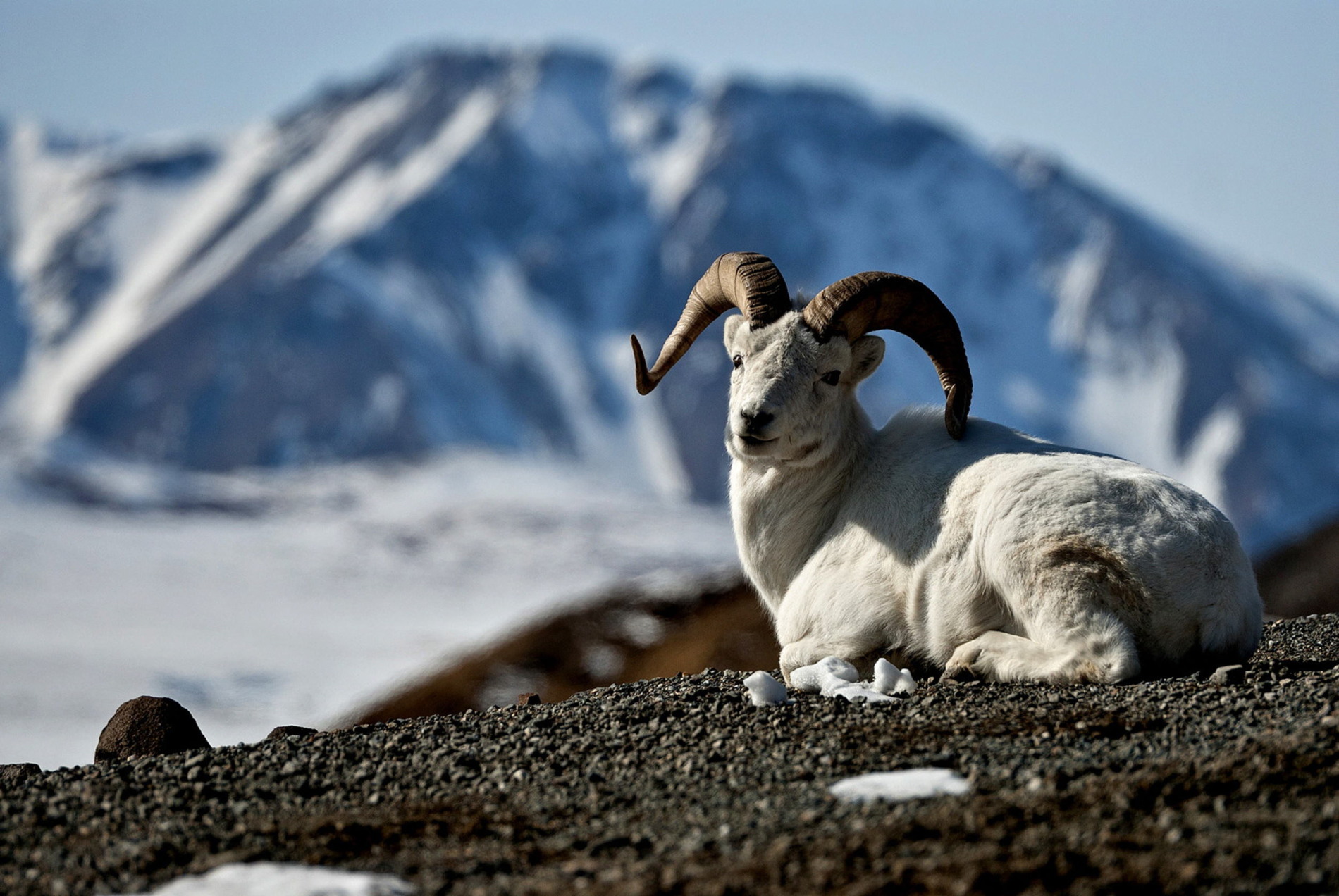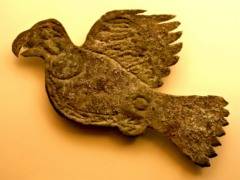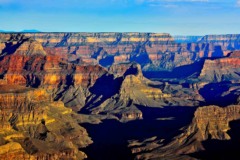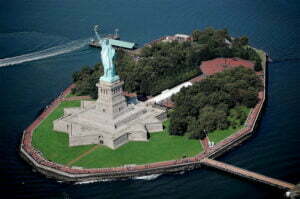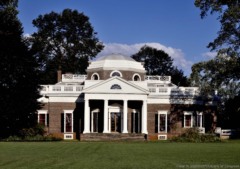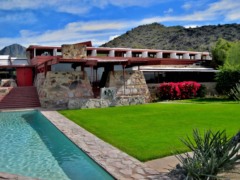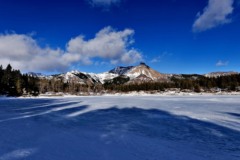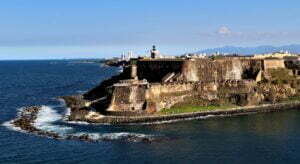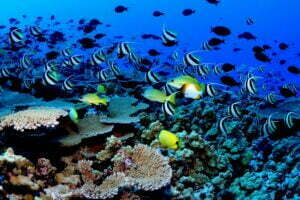Wrangell-St. Elias National Park is the largest national park in Alaska, USA. It has more than 13 million acres, making it the largest national park in the United States. Wrangell-St. Elias, along with Glacier Bay, Kluane, and Tatshenshini-Alsek, has been a UNESCO World Heritage Site since 1979. It is a beautiful, huge, and amazing place with a lot of glaciers.
Wrangell St Elias National Park and Preserve
From Chitina, you can drive on the bumpy McCarthy Road to McCarthy, and from there, you can get to the park. McCarthy is not accessible by car. At the end of the road, you’ll find a footbridge that will take you into “downtown.” The town of Kenicott, which used to be a copper mine, is 5 miles down the road from McCarthy.
The other access point is Nizina. Flyseeing is worth the money because the views are so beautiful. If you have the time and money, a small plane is the best way to get into the backcountry. Base camping or hiking from one place to another could be the highlight of your trip to Alaska.
History of Wrangell-St. Elias
In the early 1780s, Europeans began to look into the Copper Basin. By 1819, the Russians had set up a trading post in the area called Copper Fort. Later, the U.S. Geological Survey made topographic and geologic maps of the country. These maps helped the Wrangell Mountains become a place where minerals are mined. In 1899, gold was found for the first time in the northern Wrangell Mountains.
It was on Jacksina Creek, near where the Nabesna River starts. A year later, prospectors found chalcocite deposits on Bonanza Ridge. These deposits eventually turned into the very rich Bonanza Mine, which was one of five mines that supplied copper and silver ore to the now-historic Kennecott Mill.
The Kennecott mines didn’t start making a lot of money until 1911, when a 196-mile railroad from Cordova, near the mouth of the Copper River, to the mining town of Kennecott was finished. This made it possible to move the rich copper concentrate. In the 27 years that the railroad was in business, it moved more than a billion pounds of ore worth between $100 million and $300 million.
In 1938, both the mine and the railroad were closed down. Most of the Chitina-McCarthy Road, which runs along the south side of the Wrangell Mountains in Wrangell-St. Elias National Park and Preserve, is now built on the old railroad bed. The Nabesna Road was built in the early 1930s after gold was found in the Nabesna area in 1913.
It was used to move gold ore from the Nabesna Mine, which is now closed. On the north side of the Wrangell Mountains, the Nabesna Road leads into Wrangell-St. Elias National Park and Preserve. After the Kennecott mines shut down, there were several attempts to get people interested in the area again.
By 1925, companies all over the U.S. were advertising the Richardson Highway as the “Golden Belt Line.” central part. Ernest Gruening, who was in charge of U.S. territories and later became Alaska’s governor and a U.S. senator, was the first person to suggest making the area a national park or monument.
President Jimmy Carter made the area a national monument in 1978 because it was important for science and culture. When Congress passed the Alaska National Interest Lands Conservation Act in 1980, the Wrangell Mountains became part of the 13.2 million-acre Wrangell-St. Elias National Park and Preserve, which is the largest national park in the United States.
Wrangell-St. Elias National Park Alaska
Wrangell-St. Elias is the largest national park in the United States. It is in the southeast corner of Alaska, north of the Inside Passage, and has many peaks over 16,000 feet high, including Mt. Wrangell, which is 18,008 feet high. Some of the peaks are still erupting. The landscape of the remote wilderness is very different because it is so big. There are lowland marshes, spruce forests, rock canyons, alpine tundra, glaciers, scree, ice and snow fields, and a rocky coast.
Wrangell-St Elias Climate
Winters are long, dark, and very cold, with highs of 5-7 °F and lows of -50 °F at night. During the day, the sky is usually clear, and at night, the Northern Lights dance above. There is about two feet of very dry snow on the ground. Spring has clear skies, days that get longer, and temperatures that get warmer. Highs average between 40 and 50 °F. Lows could still reach the teens or even the single digits.
June and July are the best months of the summer for wildflowers and mosquitoes, so you might want to bring a head net. June and July are also the warmest months, with highs reaching close to 80 degrees on some days. However, it can snow in the high country any month of the year. Due to the amount of snow at higher elevations, the best time to go backcountry is from June 20 to August 20.
During the summer, it often rains in small drops, and in August and September, especially along the coast, it usually rains more. Autumn comes early this year. By the middle of August, willows and aspens are already changing color. This season can be clear, beautiful, and bug-free, but it often goes by too quickly. September is often when the first snow falls.
Wrangell St Elias Tours
How to Get In? There are no entrance gates or stations at Wrangell-St. Elias National Park & Preserve, and the park is always open. People go there on foot, by car, plane, ATV, snowmobile, ski, etc., all through the year. The main building is open every weekday of the year.
Wrangell-st Elias National Park Visitor Center
Wrangell-St. Elias National Park Visitor Center, Mile 106 Richardson Highway, Copper Center, AK, 907-822-5234, open from 8 a.m. to 6 p.m., daily. All year: Monday through Friday, 8 a.m. to 4:30 p.m. From Memorial Day to Labor Day, the store is open every day from 8 a.m. to 6 p.m. Along with administrative and management facilities, the headquarters and visitor center have information about the whole park.
This new building is between Copper Center and Glennallen. There is a movie theater, a museum, and a short trail that leads to a great view of the Wrangell Mountains. During the summer, park rangers give talks and lead walks every day. Permits to hunt and fish for food are also available. Copper Center is close by and has a post office, a place to stay, a gas station, a grocery store, a place to fix tires, and a phone.
